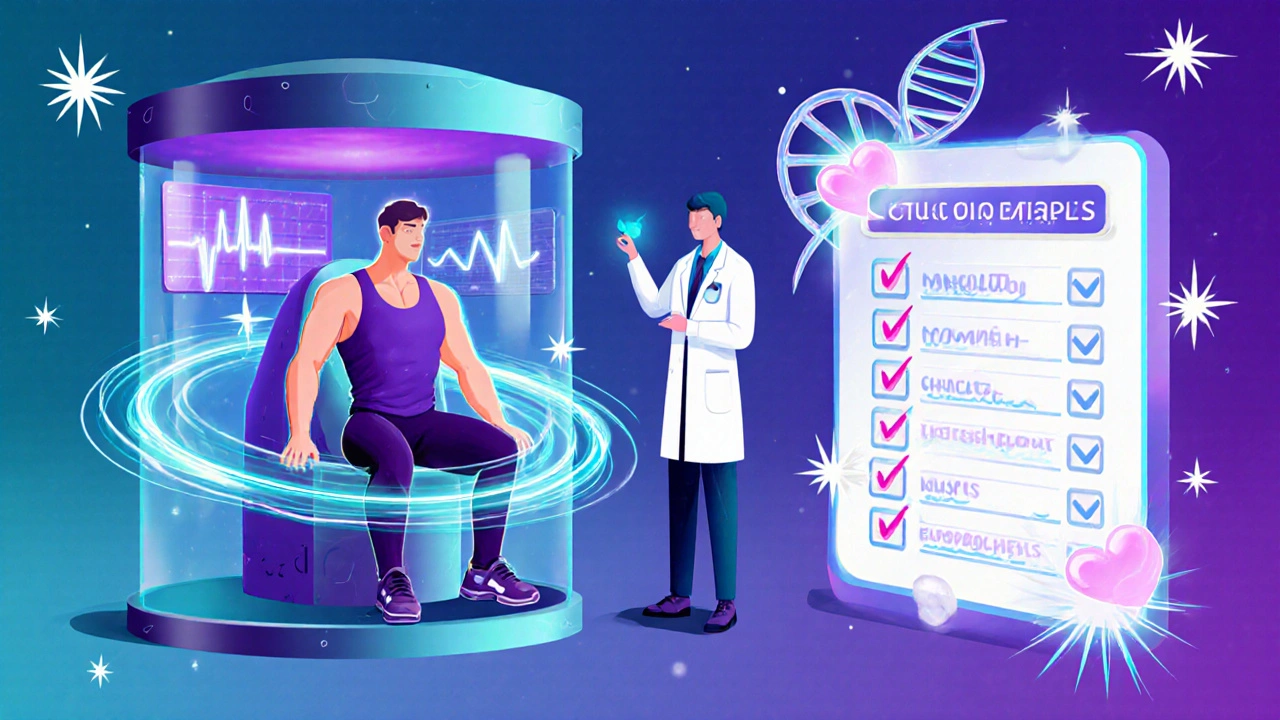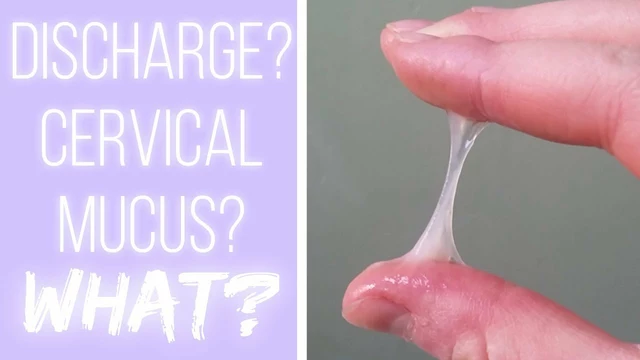Athlete Medication Clearance Calculator
This calculator helps you determine how long before your competition you should stop taking a prescription medication to avoid a doping violation.
- Enter your competition date and the medication you're taking
- The tool will calculate the clearance time based on WADA guidelines
- Always consult with your doctor and anti-doping authority before taking any medication
When you’re an athlete, a simple prescription can turn into a career‑changing issue if you don’t understand the anti‑doping landscape. The rules aren’t just about cheating; they protect health, keep competition fair, and force every athlete to take ownership of everything that enters their body.
What the World Anti-Doping Agency (WADA) Actually Controls
World Anti-Doping Agency (WADA) is the global governing body that writes, updates, and enforces the World Anti-Doping Code. The Code, first rolled out in 2003 and refreshed every two years, sets the legal framework for all sport federations, national anti‑doping organisations (NADOs), and athletes worldwide.
The centerpiece of the Code is the Prohibited List. Updated annually, the 2024 list catalogues 256 substances across categories like anabolic agents, peptide hormones, β‑2 agonists, and hormone modulators. Anything on that list is a potential anti‑doping rule violation (ADRV) if it shows up in a sample.
Strict Liability: Why Every Pill Matters
WADA’s strict‑liability principle (Article 2.2) means the athlete is responsible for any prohibited substance detected, no matter how it got there. Even if a teammate’s supplement was contaminated or a doctor prescribed a medication unaware of the list, the athlete still faces the sanction. That’s why the mantra “check your medication before you take it” is drilled into every training camp.
Therapeutic Use Exemptions (TUE) - The Legal Shortcut
Therapeutic Use Exemption (TUE) is the official way for an athlete to use a prohibited drug legally. The International Standard for Therapeutic Use Exemptions (ISTUE) - refreshed on 1 January 2023 - requires four criteria:
- The athlete has a documented medical condition.
- The prohibited medication is the only effective treatment.
- The drug won’t give a performance‑enhancing advantage beyond restoring normal health.
- The TUE is approved before the sample is taken (except emergencies).
Common Prescription Meds That Trigger the List
Below is a quick‑reference table showing the most frequently requested TUEs, typical clearance times, and notable side effects. All values are drawn from the 2023 WADA Global Report and USADA clinical guidelines.
| Substance (Category) | Typical In‑Competition Clearance | Common Medical Use | Key Side Effects to Watch |
|---|---|---|---|
| Glucocorticoids (Corticosteroids) | 48‑72 hours (systemic) | Inflammation, asthma, rheumatoid arthritis | Adrenal suppression, mood swings, increased infection risk |
| Salbutamol (β‑2 agonist, inhaled) | Up to 1,600 µg/24 h allowed; > limit = violation | Asthma, COPD | Tachycardia, tremor, hypokalaemia |
| Insulin (Hormone modulator) | Clearance ≈ 6 hours after dose | Type 1 diabetes management | Hypoglycaemia, weight gain, oedema |
| Adderall (Amphetamine, stimulant) | 24‑48 hours | ADHD, narcolepsy | Elevated blood pressure, arrhythmia, insomnia |
| Growth hormone (GH) | 36‑48 hours | GH deficiency, Turner syndrome | Joint pain, insulin resistance, edema |

How to Verify a Prescription Before You Take It
The first step is to run the medication through the Global Drug Reference Online (Global DRO). The platform lets you select sport, country of purchase, and user type, then spits out a red/green flag for each active ingredient. If you’re in the U.S., the USADA‑maintained version (v 3.2, May 2023) covers over 1,200 drugs across ten countries.
Next, tell your prescribing doctor that you’re an athlete subject to the WADA Code. A growing number of physicians still lack anti‑doping knowledge - a 2022 PMC study found 68 % of surveyed doctors felt unprepared. Providing them with the WADA “Check Your Medication” toolkit closes that gap.
Finally, calculate the clearance window. For substances prohibited only in‑competition, stop using them well before the event - typically two to three half‑lives prior. For example, a systemic corticosteroid taken on day ‑2 before a meet will likely be gone by day 0, but a topical preparation may linger longer if absorbed.
Applying for a TUE - Step‑by‑Step Guide
- Gather medical documentation. Include diagnosis, test results, and any prior treatments tried.
- Check the Prohibited List. Confirm the exact substance name, dosage form, and whether it’s banned in‑competition or at all times.
- Fill out the official TUE form. International‑level athletes send it to their International Federation (IF); national‑level athletes use their NADO (e.g., USADA in the U.S.).
- Submit before the competition. Aim for at least 21 days ahead - WADA reports a 92 % on‑time approval rate for ILAs.
- Await decision. Most approvals are granted within 18‑21 days; emergency cases get a 72‑hour fast‑track.
- Keep records. Store the approved TUE copy in your athlete portal and share it with event medical staff.
If the application is denied, you must either find an alternative treatment or accept a temporary competition ban for that condition.
Real‑World Cases: Lessons from the Field
In 2023, a 17‑year‑old elite swimmer needed insulin for Type 1 diabetes. By involving an endocrinologist early, filing a complete TUE, and uploading the clearance to the USA Swimming portal, the athlete competed without issue - a textbook example of proactive compliance.
Contrast that with a 2023 NCAA track athlete who tried Adderall for ADHD. The initial TUE request lacked specialist notes, leading to an 11‑month back‑and‑forth with three resubmissions before approval. The delay forced the athlete to stop the medication, worsening focus and performance.
Reddit’s r/trackandfield community also records numerous “TUE nightmares” where athletes missed a competition because they misread the inhaled‑salbutamol limit (1,600 µg/24 h). The lesson? Always double‑check dosage limits, even for familiar drugs.

Side‑Effect Management While Staying Clean
Even with a TUE, the underlying drug can cause health risks. Corticosteroids, for instance, can suppress the adrenal axis, leading to fatigue and susceptibility to infections. Athletes should taper doses under medical supervision instead of abrupt stops.
β‑2 agonists like salbutamol may trigger tachycardia, especially under heat stress. Monitoring heart rate during training and adjusting inhaler technique can mitigate this.
Stimulants (e.g., amphetamines) raise blood pressure and can provoke arrhythmias. Regular ECG checks are advisable for anyone on a stimulant TUE.
When side effects become severe, athletes must consult their physician about alternative therapies that are not on the Prohibited List. The TUE process is not a “get‑out‑of‑jail‑free” card; it’s a safeguard ensuring the medication is truly necessary.
Future Trends: Precision Medicine Meets Anti‑Doping
WADA’s 2023 strategic plan highlights a shift toward precision‑medicine approaches. By integrating genetic testing and pharmacogenomics, future TUEs could be personalized, reducing blanket bans on whole drug classes.
European Medicines Agency pilots now require Prohibited List status on medication labels. Early data show a 45 % drop in inadvertent violations among participating countries - a promising sign that better information at the point of prescribing can protect athletes.
For youth athletes, education remains critical. A 2023 USADA survey found 28 % stopped essential meds out of fear of a positive test. Parents, coaches, and physicians need clear guidance to avoid harmful gaps in treatment.
Quick Checklist for Athletes
- Check every prescription against the latest Prohibited List (2024 version).
- Use Global DRO or national equivalents to verify ingredient status.
- Inform your doctor you’re an athlete; provide them with WADA resources.
- Calculate clearance times based on route (oral, inhaled, IV) and competition schedule.
- Submit a complete TUE at least 21 days before the event.
- Keep approved TUE documentation accessible during travel and competition.
- Monitor for side effects; schedule follow‑up medical appointments.
Frequently Asked Questions
Can I take a prescribed medication that’s on the Prohibited List without a TUE?
No. Under strict liability, any prohibited substance in your system counts as an ADRV, even if you have a legitimate prescription. You must obtain an approved TUE beforehand.
How long before a competition should I stop using a corticosteroid?
Systemic corticosteroids generally require a 48‑72 hour clearance window. If you’re using an injectable form, aim for at least three days before the event.
What if I need an emergency medication during competition?
Emergency cases can receive a fast‑track TUE review, typically within 72 hours. Contact your NADO or IF medical office immediately and provide proof of the medical need.
Do over‑the‑counter (OTC) products ever contain prohibited substances?
Yes. Some OTC cold remedies contain pseudoephedrine, a stimulant that’s banned in‑competition above certain thresholds. Always run every product through Global DRO.
My doctor isn’t familiar with the Prohibited List. What should I do?
Provide your physician with WADA’s “Check Your Medication” guide and the Global DRO link. Many doctors are willing to collaborate once they see the resources.
Staying clean isn’t about fearing every pill; it’s about informed decisions, solid paperwork, and open communication with medical staff. By mastering the verification process, you protect both your health and your career.










October 24, 2025 AT 13:04
Lindy Hadebe
Honestly, this guide feels like a legal textbook dressed up as a Reddit post. The endless tables and bureaucratic jargon will scare off anyone who just wants to stay clean, not become a full‑time compliance officer. You could have saved a paragraph by saying “talk to your doctor and use the Global DRO”. Instead we get a wall of prose that makes the whole anti‑doping world look needlessly complicated.
November 5, 2025 AT 22:44
junior garcia
Wow, the step‑by‑step checklist hits the heart like a stadium cheer!
November 18, 2025 AT 09:24
Casey Morris
Well, dear athlete, let us consider the ramifications, the minutiae, the cascading effects; the strict‑liability principle, while ostensibly simple, actually creates a labyrinthine responsibility, which, if misunderstood, can lead to catastrophic career consequences, and therefore, one must remain ever‑vigilant.
November 30, 2025 AT 20:04
Teya Arisa
Dear colleague, I commend the thoroughness of this exposition; the inclusion of clearance windows and TUE procedural steps is exemplary, and I encourage all athletes to adopt these best practices. 😊 Please ensure your medical team is well‑versed in the WADA resources, and keep all documentation readily accessible. 🙏
December 13, 2025 AT 06:44
Kester Strahan
Yo, the pharmacokinetic half‑life calc is crucial, especially when you're dealing with systemic glucocorticoids vs topical steroids – you gotta model the Cmax and AUC to predict clearance. If u dont run the Global DRO API you risk a false‑positive on the prohibited list. Also, remember the issue of bioavailability – inhaled salbutamol has a different PK profile than oral amphetamine. Get the spec sheet, cross‑ref with the ISTUE criteria, and you’ll be golden.
December 25, 2025 AT 17:24
Doreen Collins
Great breakdown! The real‑world examples really help illustrate how TUEs work in practice. I especially liked the swimmer story – it shows that early involvement of specialists makes the process smooth. For anyone juggling multiple meds, keep a spreadsheet of dosage, timing, and clearance windows; it saves headaches later.